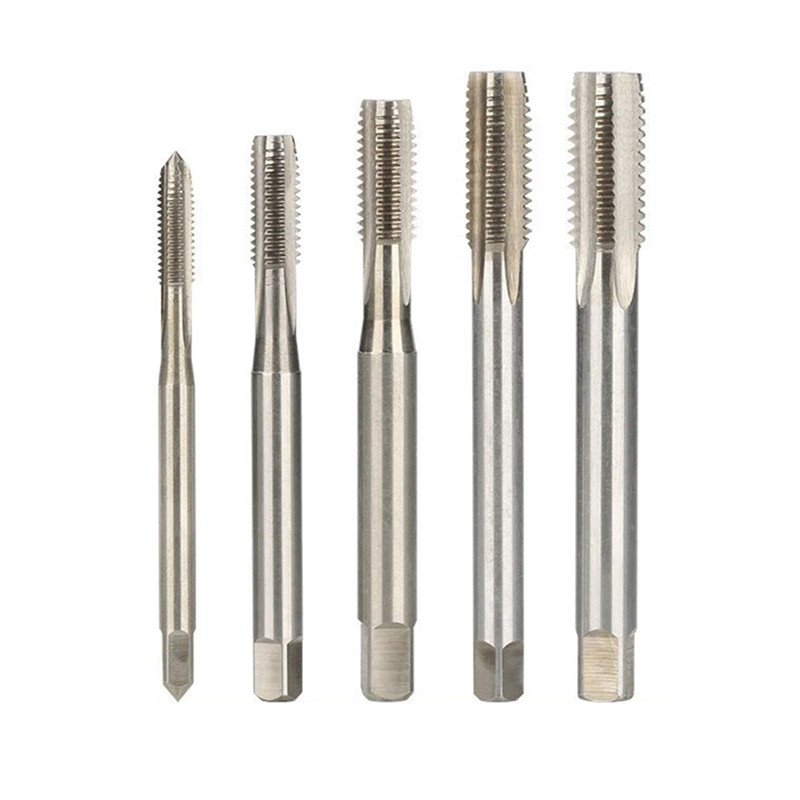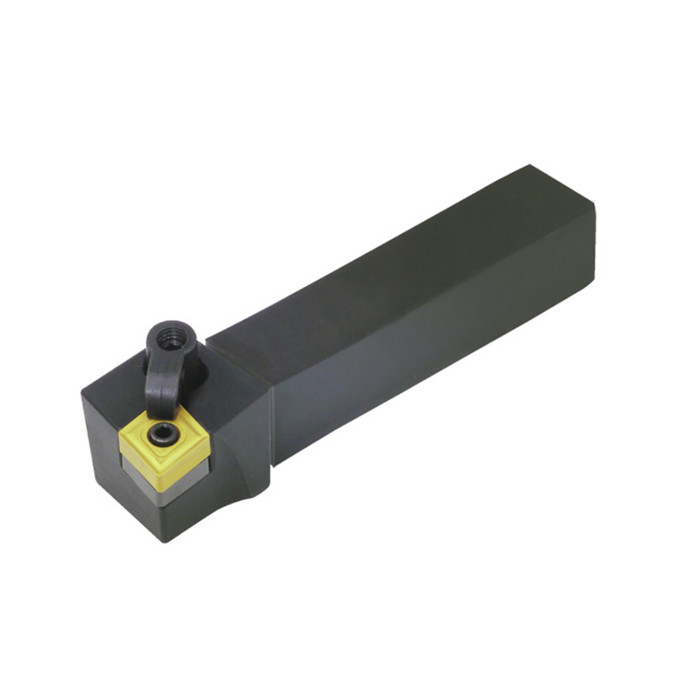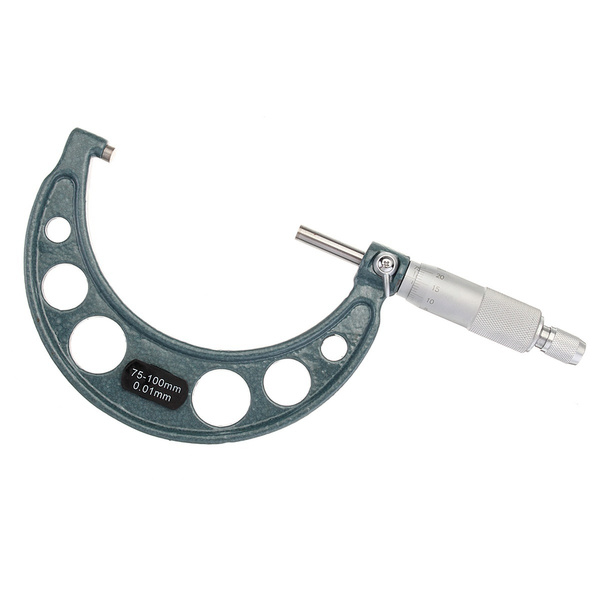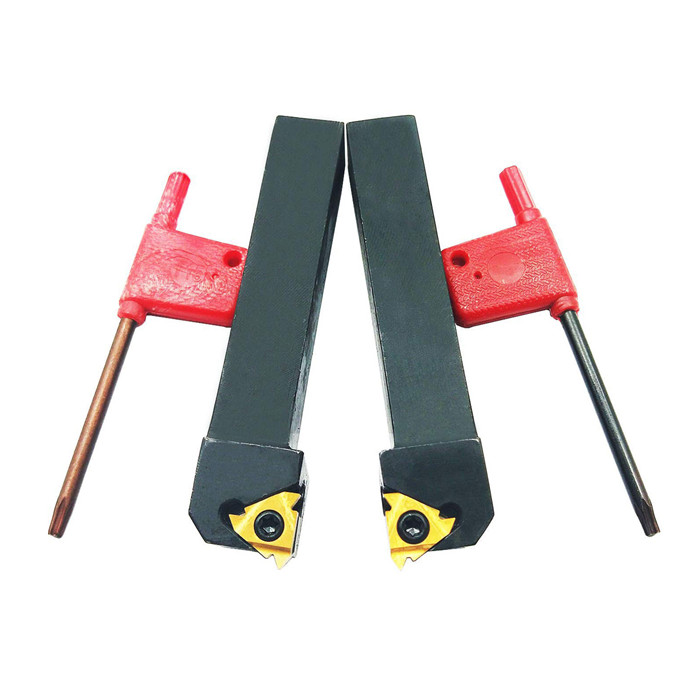Tapping Chuck Supplier
Finding a reliable tapping chuck supplier is crucial for efficient and accurate threading operations. This guide explores the key factors to consider when selecting a supplier, different types of tapping chucks available, and essential tips for optimizing your tapping process. Understanding these elements will help you choose the right supplier and improve your threading performance.
Understanding Tapping Chucks
A tapping chuck is a specialized tool holder used in drilling machines, lathes, and machining centers to hold and drive taps for creating internal threads. It ensures accurate and consistent thread cutting, improving efficiency and reducing tap breakage. Selecting the right tapping chuck is critical for achieving optimal threading performance.
Types of Tapping Chucks
Several types of tapping chucks are available, each designed for specific applications and tapping requirements. Here's an overview of the most common types:
- Rigid Tapping Chucks: These chucks provide a fixed connection between the tap and the machine spindle, offering high accuracy and rigidity. They are suitable for synchronous tapping operations where the spindle speed and feed rate are precisely controlled.
- Tension/Compression Tapping Chucks: Also known as floating tapping chucks, these chucks allow for axial movement (tension and compression) to compensate for slight differences between the machine's feed rate and the tap's lead. This helps to reduce tap breakage and improve thread quality.
- Quick-Change Tapping Chucks: These chucks feature a quick-change mechanism that allows for fast and easy tap changes, minimizing downtime and increasing productivity. They are ideal for high-volume production environments where frequent tap changes are required.
- Self-Reversing Tapping Chucks: These chucks automatically reverse the tap's rotation when the desired thread depth is reached, eliminating the need for manual spindle reversal. They are commonly used in applications where blind holes are being tapped.
Key Features to Look For
When selecting a tapping chuck, consider the following key features:
- Size and Capacity: Choose a chuck that is compatible with the size and type of taps you will be using. Consider the maximum tapping diameter and the shank size of the taps.
- Accuracy and Rigidity: Look for a chuck that provides high accuracy and rigidity to ensure consistent thread quality and minimize tap breakage.
- Compensation Mechanism: If you are tapping materials that are prone to work hardening or if your machine does not have precise feed control, consider a tension/compression tapping chuck.
- Quick-Change Feature: If you need to change taps frequently, a quick-change tapping chuck can save you valuable time.
- Coolant Delivery: Some tapping chucks have integrated coolant delivery systems that help to cool the tap and flush away chips, improving thread quality and extending tap life.
Finding the Right Tapping Chuck Supplier
Choosing the right tapping chuck supplier is crucial for ensuring that you receive high-quality products, reliable service, and expert support. Here are some key factors to consider when selecting a supplier:
Reputation and Experience
Look for a supplier with a solid reputation and a proven track record of providing high-quality tapping chucks and excellent customer service. Check online reviews, ask for referrals, and research the supplier's history to get a sense of their reliability and expertise.
Product Range and Quality
Ensure that the supplier offers a wide range of tapping chucks to meet your specific needs. The quality of the chucks should be a top priority, as this will directly impact the accuracy and efficiency of your tapping operations. Look for suppliers that use high-quality materials and advanced manufacturing processes.
Technical Support and Expertise
Choose a supplier that can provide technical support and expertise to help you select the right tapping chuck for your application and troubleshoot any issues that may arise. A knowledgeable supplier can offer valuable advice on tapping techniques, tool selection, and machine setup.
Pricing and Availability
Compare prices from different suppliers to ensure that you are getting a fair deal. However, don't sacrifice quality for price. Consider the long-term cost savings that can be achieved by using high-quality tapping chucks that reduce tap breakage and improve thread quality. Also, check the supplier's availability and lead times to ensure that you can get the chucks you need when you need them.
Considering a trusted partner like Wayleading Tools, known for their quality and reliability, can simplify your decision-making process.
Warranty and Return Policy
Check the supplier's warranty and return policy to ensure that you are protected in case of defects or malfunctions. A reputable supplier should offer a reasonable warranty and a hassle-free return policy.
Optimizing Your Tapping Process
Once you have selected the right tapping chuck, it is important to optimize your tapping process to ensure maximum efficiency and thread quality. Here are some essential tips:
Proper Tap Selection
Choose the right tap for the material you are tapping and the type of thread you are creating. Consider factors such as the material's hardness, the thread's pitch, and the hole's depth. Using the wrong tap can lead to tap breakage and poor thread quality.
Correct Speed and Feed
Use the correct spindle speed and feed rate for the tap and the material you are tapping. Refer to the tap manufacturer's recommendations or use a tapping speed and feed calculator. Using the wrong speed and feed can lead to tap breakage and poor thread quality.
Adequate Lubrication
Use adequate lubrication to cool the tap and flush away chips. Use a tapping fluid that is specifically designed for the material you are tapping. Proper lubrication can significantly improve thread quality and extend tap life.
Proper Hole Preparation
Ensure that the hole is properly prepared before tapping. The hole should be drilled to the correct size and chamfered to provide a smooth entry for the tap. A poorly prepared hole can lead to tap breakage and poor thread quality.
Regular Maintenance
Regularly inspect and maintain your tapping chuck to ensure that it is in good working order. Clean the chuck regularly and lubricate the moving parts. Replace worn or damaged parts promptly. Proper maintenance can extend the life of your tapping chuck and ensure consistent performance.
Troubleshooting Common Tapping Problems
Even with the right tapping chuck and optimized tapping process, you may still encounter occasional problems. Here are some common tapping problems and their solutions:
Tap Breakage
Tap breakage is a common problem that can be caused by a variety of factors, including incorrect tap selection, excessive speed and feed, inadequate lubrication, and a poorly prepared hole. To prevent tap breakage, follow the tips outlined above.
Poor Thread Quality
Poor thread quality can be caused by incorrect tap selection, excessive speed and feed, inadequate lubrication, and a worn or damaged tap. To improve thread quality, follow the tips outlined above and replace worn or damaged taps.
Tapping Chatter
Tapping chatter is a vibration that can occur during tapping, resulting in poor thread quality and tap breakage. To reduce tapping chatter, try reducing the spindle speed and feed rate, using a more rigid tapping chuck, and ensuring that the workpiece is securely clamped.
Chip Evacuation Problems
Chip evacuation problems can lead to tap breakage and poor thread quality. To improve chip evacuation, use a tap with a chip breaker or flute design that is appropriate for the material you are tapping. Also, ensure that you are using adequate lubrication to flush away the chips.
Conclusion
Selecting the right tapping chuck supplier and optimizing your tapping process are crucial for achieving efficient and accurate threading operations. By understanding the different types of tapping chucks available, considering the key features to look for, and following the tips outlined above, you can improve your threading performance and reduce tap breakage. Remember to choose a reputable supplier like Wayleading Tools for quality tools and reliable support.
Related products
Related products
Best selling products
Best selling products-
 Stub Milling Machine Arbor With NT, R8 and MT Shank
Stub Milling Machine Arbor With NT, R8 and MT Shank -
 Precision V Block And Clamps Set With High Quality Type
Precision V Block And Clamps Set With High Quality Type -
 Plain Back ER Collet Fixture With Lathe Collet Chuck
Plain Back ER Collet Fixture With Lathe Collet Chuck -
 3 Flutes HSS Chamfering Countersink Drill bitl With 60 And 90 Degree
3 Flutes HSS Chamfering Countersink Drill bitl With 60 And 90 Degree -
 Precision 5pcs & 6pcs Angle Blocks Set With High Quality Type
Precision 5pcs & 6pcs Angle Blocks Set With High Quality Type -
 Precision Dial Indicator Gage For Industrial With Jeweled
Precision Dial Indicator Gage For Industrial With Jeweled -
 Precision Outside Micrometer With digit Counter Of Inch & Metric With Rachet Stop
Precision Outside Micrometer With digit Counter Of Inch & Metric With Rachet Stop -
 HSS DIN371 Threading Tap With Straight And Spiral Or Spiral Point Flute
HSS DIN371 Threading Tap With Straight And Spiral Or Spiral Point Flute -
 CCMT Turning Insert For Indexable Turning Tool Holder
CCMT Turning Insert For Indexable Turning Tool Holder -
 QA Grooving & Cut-Off Holder With Right And Left Hand
QA Grooving & Cut-Off Holder With Right And Left Hand -
 MCLN Indexable Turning Tool Holder With Right And Left Hand
MCLN Indexable Turning Tool Holder With Right And Left Hand -
 Outside Micrometer Of Premium Industrial Inch & Metric With Rachet Stop
Outside Micrometer Of Premium Industrial Inch & Metric With Rachet Stop
Related search
Related search- american dryseal taper pipe full profile threading insert Supplier
- iso metric full profile threading insert Manufacturer
- machining tools
- car reamer set Factories
- outside caliper Factories
- Wholesale Micrometer
- Boring Head Manufacturer
- PDUN boring bar Suppliers
- High-Quality SE indexable thread turning tool
- N60 threading insert Manufacturers











